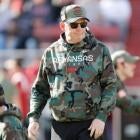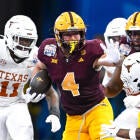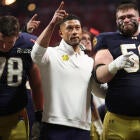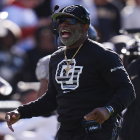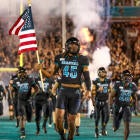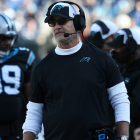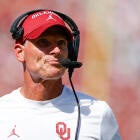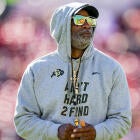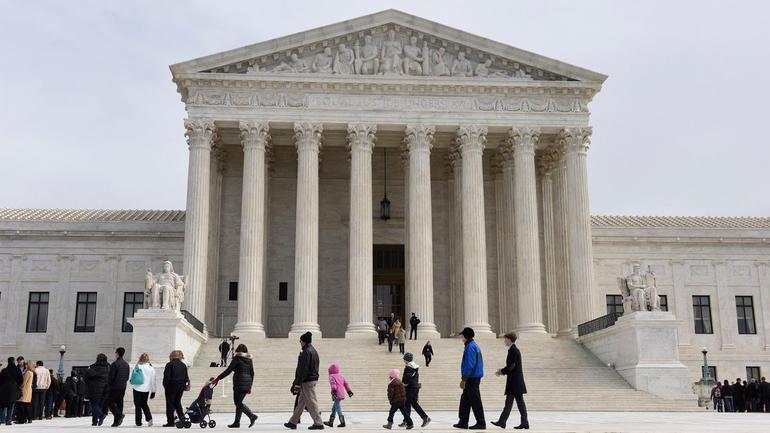
The appellee in the landmark NCAA v. Alston case filed its Supreme Court brief this week with the Alston lawyers laying out their game plan for a case that could reshape amateurism. The case is scheduled to be heard on March 30.
To recap, the Supreme Court has decided to hear an appeal from the NCAA and 11 conferences arguing against a district court ruling in favor of Alston that allows unlimited education-based benefits for athletes.
The NCAA is understandably concerned because of the implications that ruling has on its version of amateurism. The association continues to argue those unlimited benefits could lead to what would essentially be a bidding war for athletes. You can see a breakdown of their brief.
Here's a summary of how the Alston lawyers plan to argue their case later this month. A decision is projected for late June.
College athletes already make money, why not more?
At the core of the NCAA's argument is that paying players will turn off fans, thus depressing the demand for the "product," in this case, major-college sports as a whole.
Alston lawyers argue that players already get financial rewards, including for academic achievement, and that has not affected fan interest to this point. There's bowl gifts (capped at $550 per player) given out "simply for being on a team." In addition, the cost of attendance stipend that has been around since 2015 is awarded only to athletes.
We've already told you about former LSU long snapper Blake Ferguson who "made" $12,000 per year while in school from scholarship checks and cost of attendance. Heisman Trophy winner Jameis Winston reportedly received $80,000 to purchase insurance as he headed to the NFL Draft through an NCAA Student Assistance Fund at Florida State.
And you might have noticed, the NCAA is fully on board with name, image and likeness compensation as it "modernizes" its rules. That compensation could reach into the high six figures for social media accounts alone.
"A parade of NCAA, conference and university witnesses admitted that they had never even attempted to study any relationship between the compensation restraints and consumer demand," the Alston brief said.
Times have changed
In making its case, the NCAA and conferences rely heavily on the NCAA v. Board of Regents decision from the Supreme Court that deregulated college football television broadcasts decades ago. That case is really why we're here. That deregulation eventually allowed billions to flow into the system creating big-time college football that we know today.
However, in writing his dissent in that case in 1984, Byron "Whizzer" White sided with the NCAA, who wanted to keep control of those telecasts. In a previous life, White finished second in the 1937 Heisman Trophy race as a Colorado running back. Hey, how many Supreme Court justices lead the NFL in rushing in their rookie seasons?
Alston lawyers refer to the explosion of college football in the brief, saying, "In the decades since Board of Regents, billions of dollars have flowed into top-tier college football and basketball, and these sports have evolved into commercial enterprises the magnitude of which the Court in the 1980s could not have fathomed.
"And FBS football bears no resemblance of the college football of the 1930s, when the author of the … dissent … was the runner-up for the Heisman Trophy. … If there was ever an industry that demanded a re-examination under the facts of 'today's market,' this is it."
Ouch, Whizzer.
![[object Object] Logo](https://sportshub.cbsistatic.com/i/2020/04/22/e9ceb731-8b3f-4c60-98fe-090ab66a2997/screen-shot-2020-04-22-at-11-04-56-am.png)








